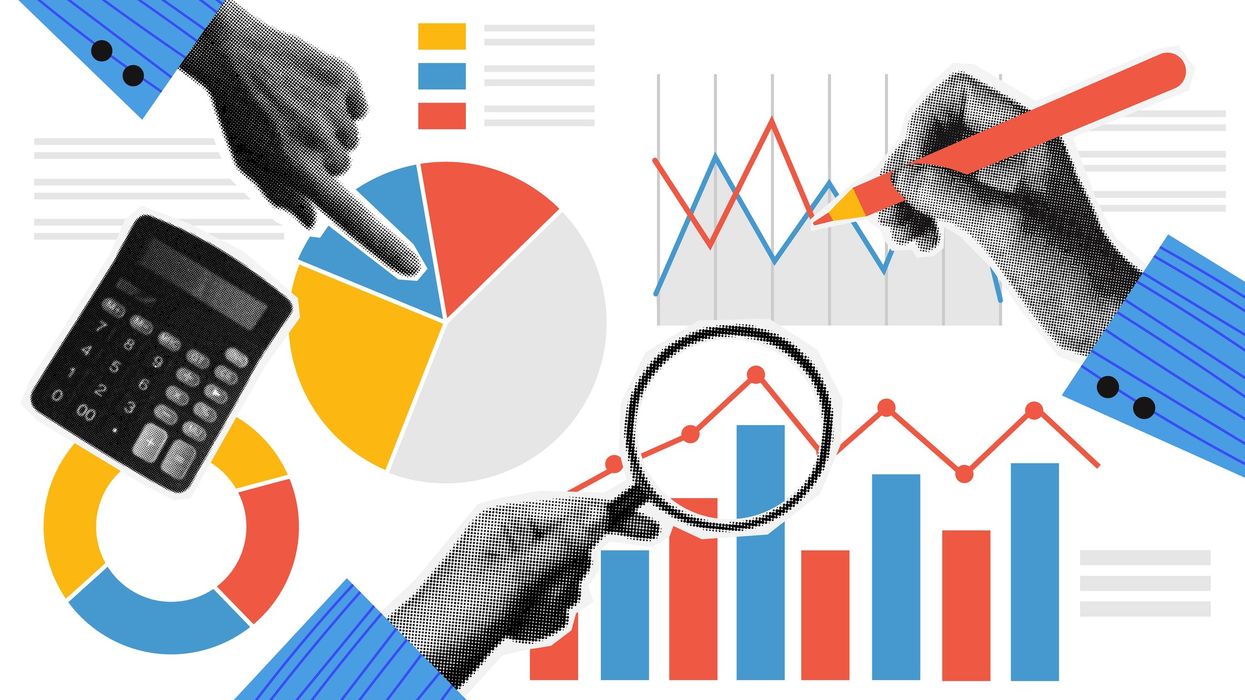By Gautam Trivedi
Managing partnerNepean Capital LLP, India
WHILE I am not one who follows astrology, at the start of the year, a few Indian pundits were saying 2020 would be a very difficult period for India and the rest of the world.
And now I can see why. With the advent of the Covid-19 pandemic, the fundamentals of the Indian economy have gone from bad to worse.
But before we get to the current crisis, let’s rewind and understand why the Indian economy has been struggling for the past six years.
First, the sudden announcement of demonetisation of Rs 500 and Rs 1,000 bank notes in November 2016 significantly hurt the parallel economy that comprised mostly cash transactions.
This was followed by the introduction of the Goods & Services Tax (GST) in July 2017 that aimed to formalise the economy and bring the unorganised sector into the organised one.
Both moves were noble and well-intended. At the heart of demonetisation and GST was the intent to make more Indians pay taxes. Indians loath paying taxes – the official number of taxpayers is less than three per cent of the population. While both these moves will have a longer-term positive impact on the Indian economy, there is pain in the short term.
The rise in bad loans at government-owned banks and the collapse of several non-banking finance companies (popularly called NBFCs) starting from September 2018 further accentuated the problem. So it’s no surprise that the compounded annual growth rate in profits of the Nifty50 (India’s benchmark stock index comprising the top 50 companies) over the past six years has been less than five per cent.
The Covid-19 catastrophe has pushed the Indian economy over the precipice. In the past two months, I have spoken to more than 100 companies and they all say they see a bleak economic outlook for the next 12 months. As a result, they are all engaging in aggressive cost-cutting, with both head-count and salary cuts ranging from 15-40 per cent, depending on the seniority of their staff.
Prime minister Narendra Modi’s much-touted Rs 200 trillion (£210 billion) stimulus package announced in May failed to impress, given that most of it was either in the form of loans or reforms that were positive, but longer term in nature.
Unlike the US, there was very little money given directly to consumers. The administration of US president Donald Trump is spending a whopping $3tr (£2.4tr) – over 15 per cent of the GDP – to help stabilise the US economy. Simultaneously, the Federal Reserve not only cut rates to near zero, but its balance sheet has also hit $6.4tr (£5tr) or 30 per cent of the US GDP.
Economists have downgraded India’s GDP growth for fiscal 2020-21 from a positive three-4.5 per cent to a negative 2.5-five per cent. To make matters worse, last Monday (1), Moody’s downgraded India’s sovereign rating to BAA2 with a negative outlook, its lowest level. The international credit rating agency cited slow reform momentum and constrained policy effectiveness by the Modi government. It expects the country’s debt to GDP to climb from 72 per cent currently to 84 per cent.
But it’s not all doom and gloom for India. To quote Warren Buffet: ‘The factories don’t disappear, the farmland doesn’t disappear, the skills of the people don’t disappear during a crisis.’
India will indeed bounce back as the country reopens. In fact, Moody’s estimates an 8.7 per cent growth in GDP in FY22. The equity markets are starting to factor that in – the Nifty50, which had corrected as much as 37 per cent (peaking on January 14 at 12,362), has recovered 31 per cent since. Increasingly, most of the money flows into emerging markets is driven by ETFs [exchange-traded fund ]versus actively managed funds.
The Nifty50 has a strong correlation with the Dow Jones (DJIA), with both indices having bottomed on the same day this year, March 23. A study of the past 14 recessions in the US, starting from 1929 to today, reveals that the average recession lasts 10.7 months. The global financial crisis of 2008-09 lasted 18 months, partly because the US government took several months to put together an economic package. However, this time, they have acted within weeks of the pandemic hitting the US.
Therefore, the liquidity unleashed by the US has started to find its way into global capital markets, including India. The faster the US recovers, the faster capital finds its way back into India, helping the economy recover.
Gautam Trivedi is the co-founder and managing partner of Nepean Capital, an India fund that invests in listed mid- and small-cap companies. He has more than 26 years of experience in the Indian and Asian financial industry, having worked for firms like Goldman Sachs, Religare Capital Markets, CLSA and Jardine Fleming. www.nepeancapital.com for more.
















